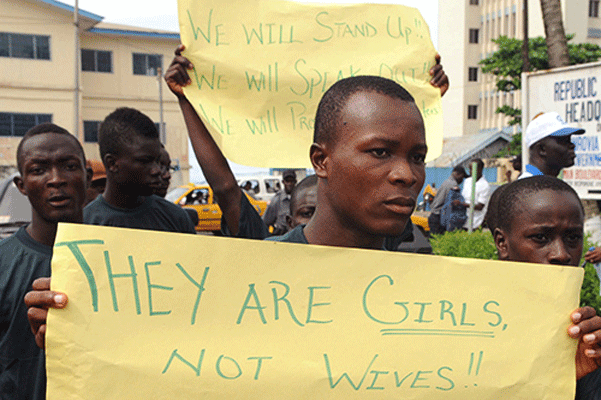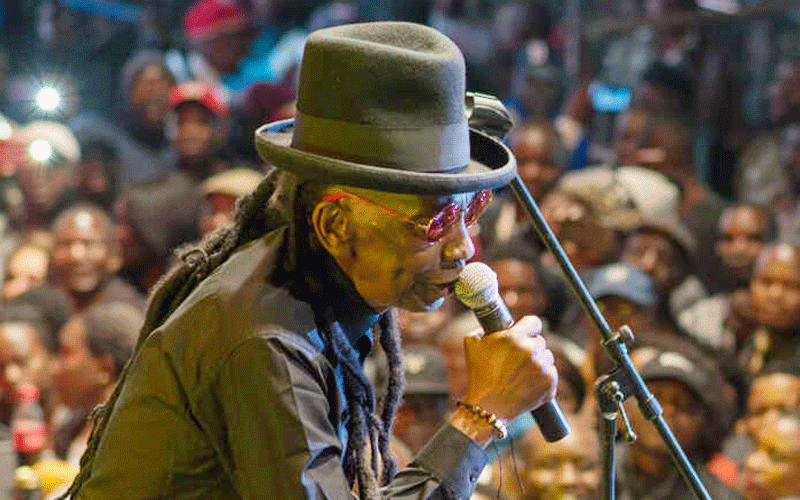
Women have been conditioned to uphold the very traditions and cultural practices that perpetuate their being discriminated against in many ways. At times these practices are initiated by men in the name of culture and tradition.
gender lens with Moses Mugugunyeki

Despite having many cultural norms and values that are positive and which contribute to keeping valuable traditions alive, women and girls remain the most vulnerable to gender-based violence, including sexual violence.
In 1993, the United Nations General Assembly defined violence against women as “any act of gender-based violence that results in, or is likely to result in, physical, sexual or psychological harm or suffering to women”. In real terms, this includes violence in domestic and inter-personal relationships; many forms of sexual violence, including rape and sexual assault; systemic, institutional and culture-based forms of violence (rape in conflict settings, preventing girls from attending school by threat of violence) and new emerging forms of harassment and stalking based in modern technology.
Most of this violence is perpetrated by men, specifically against women and girls. While many men may never use or condone the use of violence, the simple fact is that men are overwhelmingly the perpetrators of gender-based violence. The root causes of gender-based violence can almost exclusively be narrowed down to two things — the fundamental condition of gender inequality for women and the violent, harmful as well as controlling aspects of masculinities which are the result of patriarchal power imbalances.
The Beijing Declaration and Platform for Action, Paragraph 112 says, “Violence against women both violates and impairs or nullifies the enjoyment by women of their human rights and fundamental freedoms… In all societies, to a greater or lesser degree, women and girls are subjected to physical, sexual and psychological abuse that cuts across lines of income, class and culture.”
One in three women around the world will experience gender-based violence in her lifetime. In some countries that number is as high as 70%.
Bringing to an end violence against women requires concentrated efforts on many fronts with governments, civic society and citizen leadership all pulling together. Communication and dialogue within communities is seen as a panacea to breaking the culture of silence around gender-based violence.
- Chamisa under fire over US$120K donation
- Mavhunga puts DeMbare into Chibuku quarterfinals
- Pension funds bet on Cabora Bassa oilfields
- Councils defy govt fire tender directive
Keep Reading
Although involvement of men is seen as the key in fighting gender-based violence, dialogue and communication have a positive allusion in addressing issues related to violence against women.
Effective programmes also recognise that gender roles and relations are dependent on social contexts in which cultural, religious, economic, political and social circumstances are intertwined.
A pastor with a Chitungwiza-based church said breaking the culture of silence around gender-based violence was a mammoth task in his community as well as in his church.
“Most women do not want to come out in the open when they have been abused by their husbands. They prefer living in an abusive relationship until they die,” he said.
The clergyman believes the coming out in the open of victims of gender-based violence was one strategy that could be used to combat violence against women.
In most African countries where violence against women is rampant, South Africa in particular, the media is being used to disseminate and publish stories where survivors of gender-based violence tell their own experiences.
Gender Links executive director Colleen Lowe Morna in an article published in the SafAids newsletter titled Changing the Rivers Flow, said the media played a critical role in the fight against gender-based violence.
“The stories [about gender-based violence] are widely disseminated and published by newspapers and online outlets. Many stories also generate requests for media interviews and survivors are often asked to speak at public events, lead marches and get involved in gender-violence campaigns,” she said.
The experience of engaging in dialogue and having stories published in the media where feedback is provided opens the eyes of survivors of domestic violence.
In Zimbabwe very little has been done by the media in publishing stories of survivors of violence against women, but acres of space in the print media is used to publish sexual abuse stories from the courts.
It is believed that writing painful experiences helps survivors to think through, understand and come to terms with what happened. It also helps perpetrators of gender-based violence to see the light.
Research fellow at the University of Johannesburg and social commentator Admire Mare said dialogue and communication were a vital tool in fighting gender-based violence.
“Communication is an integral part of conflict management, resolution and peace building within the home environment. Any conflict, be it gender-based or otherwise, cannot escape the positive or negative role of communication,” he said.
“Therefore, it is important that aunties and uncles should mentor young couples in effective marriage communication. Dialogue is equally achieved through effective communication where the nature and causes of conflict are openly discussed. Most of the gender-based conflicts which degenerate into fist fights often fail to give communication and even mediation a chance. Again in urban areas where aunts and uncles are in short supply, the church must be integral in teaching on effective communication and therapeutic listening among couples.”
Dialogues and communication are viewed as innovative intervention aimed at breaking the culture of silence around gender-based violence.
For feedback, e-mail; [email protected]











